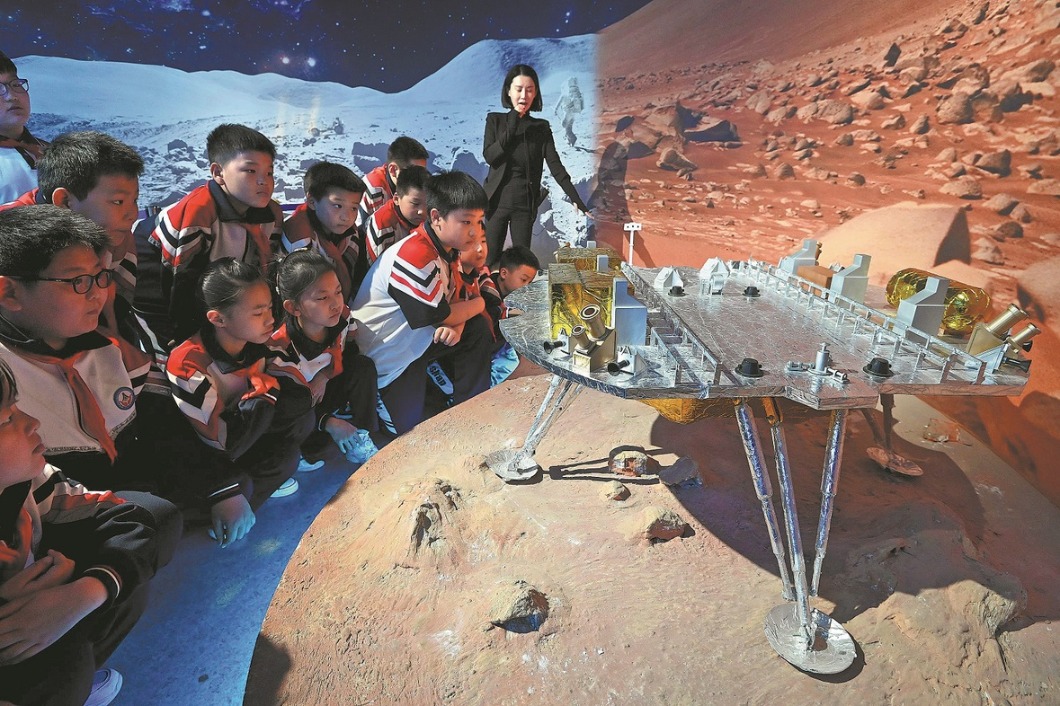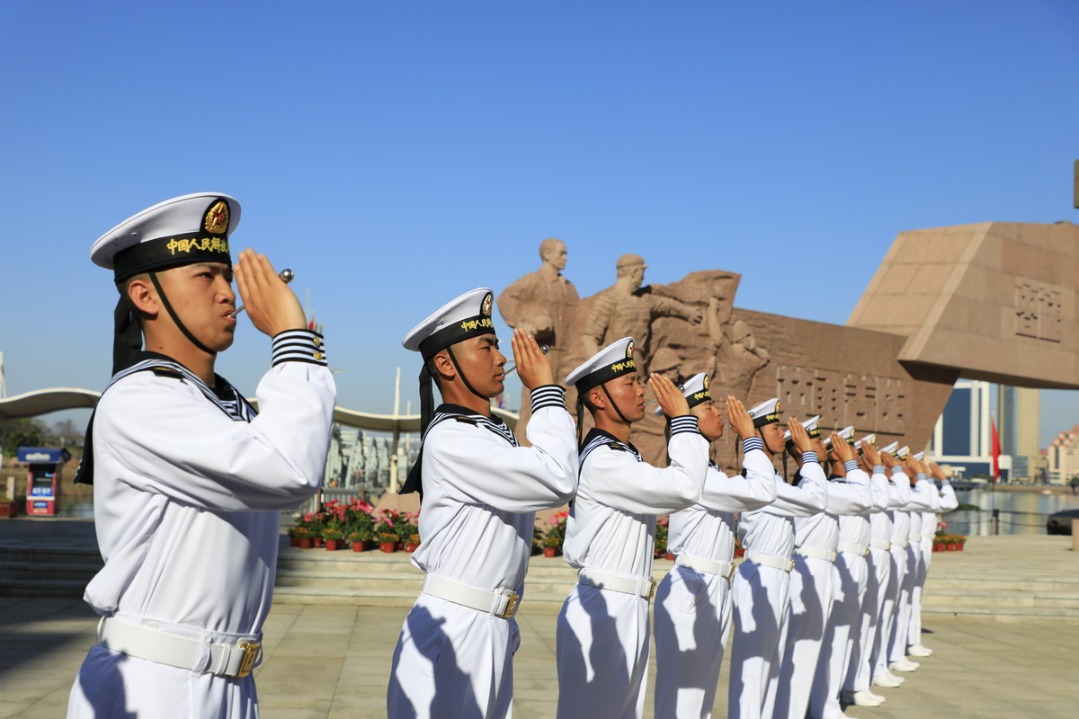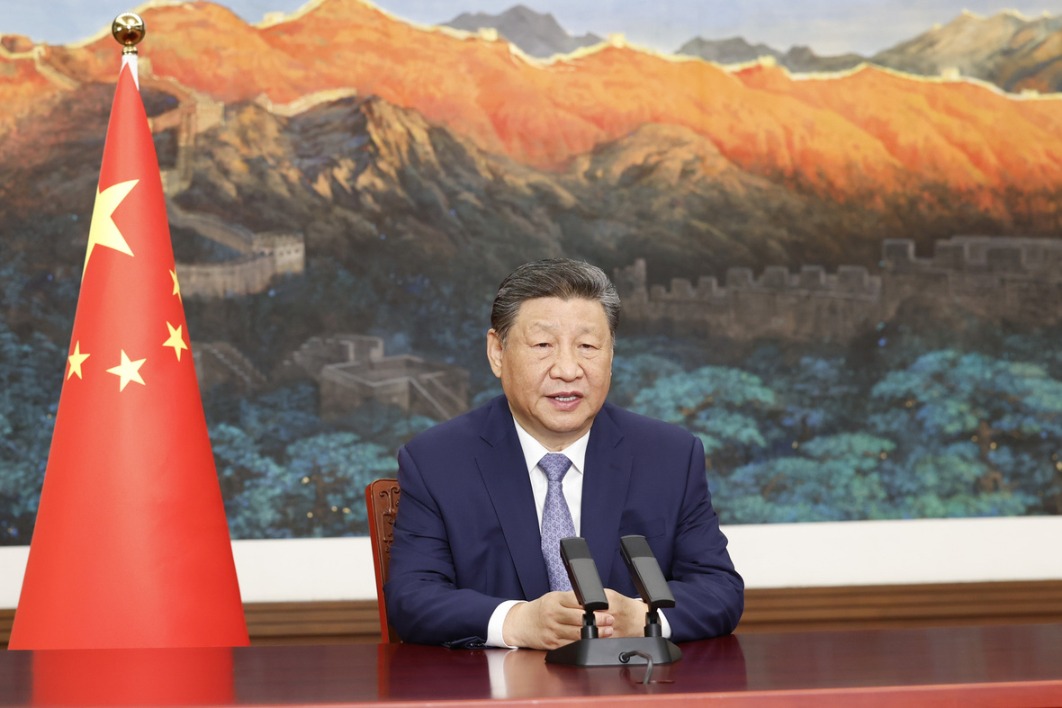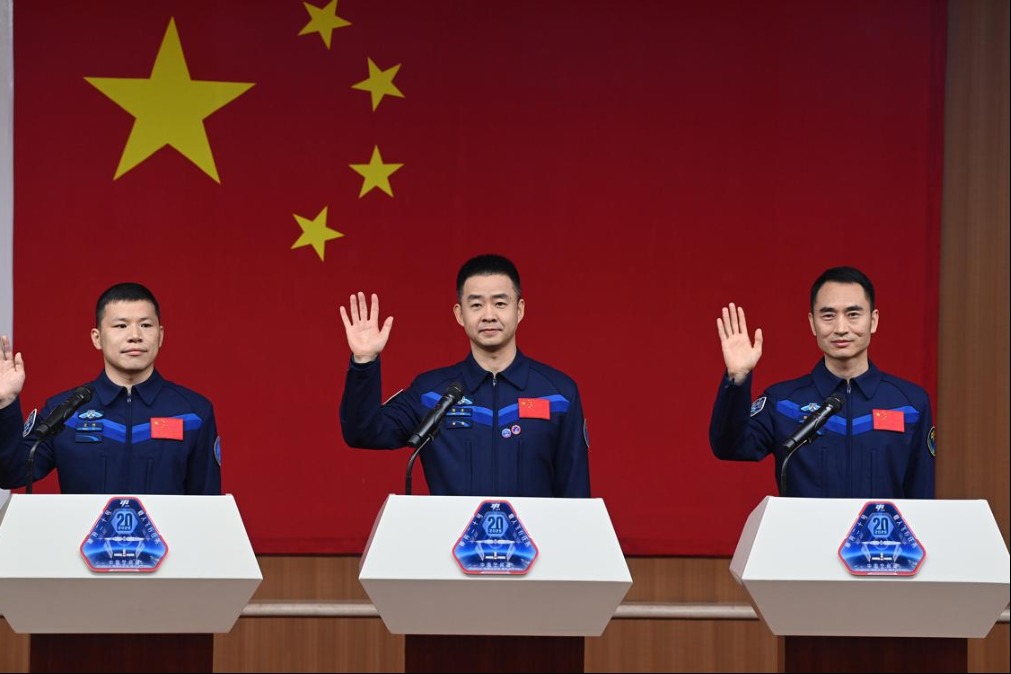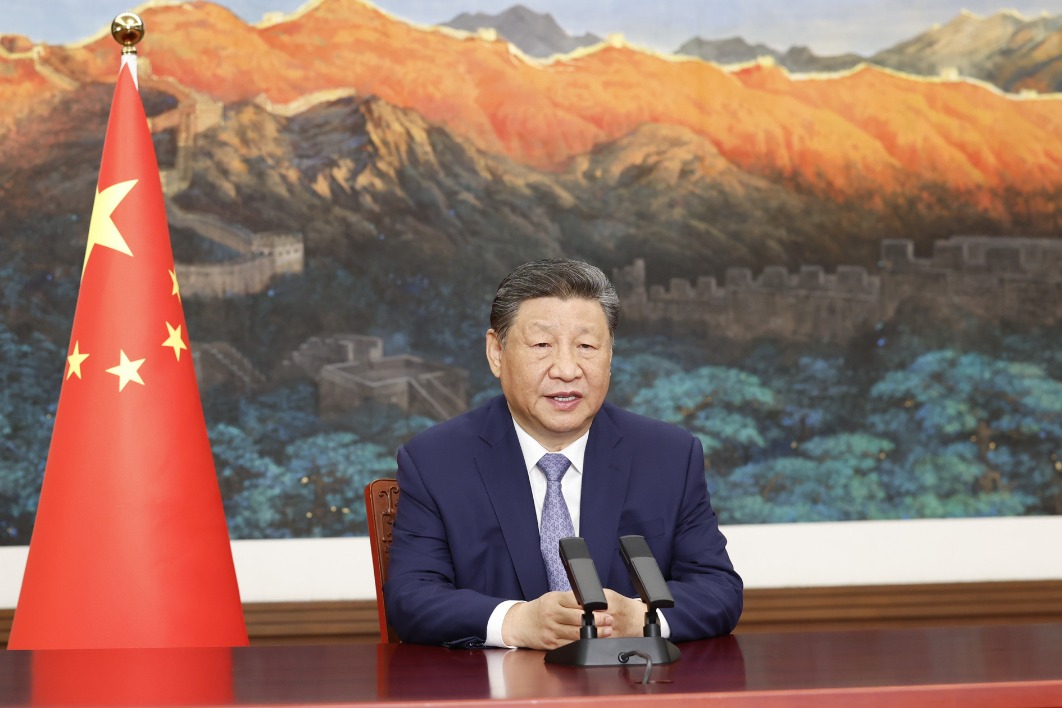Still shooting for the stars
More space missions planned, including a manned trip to the moon and one that would bring back samples from Mars

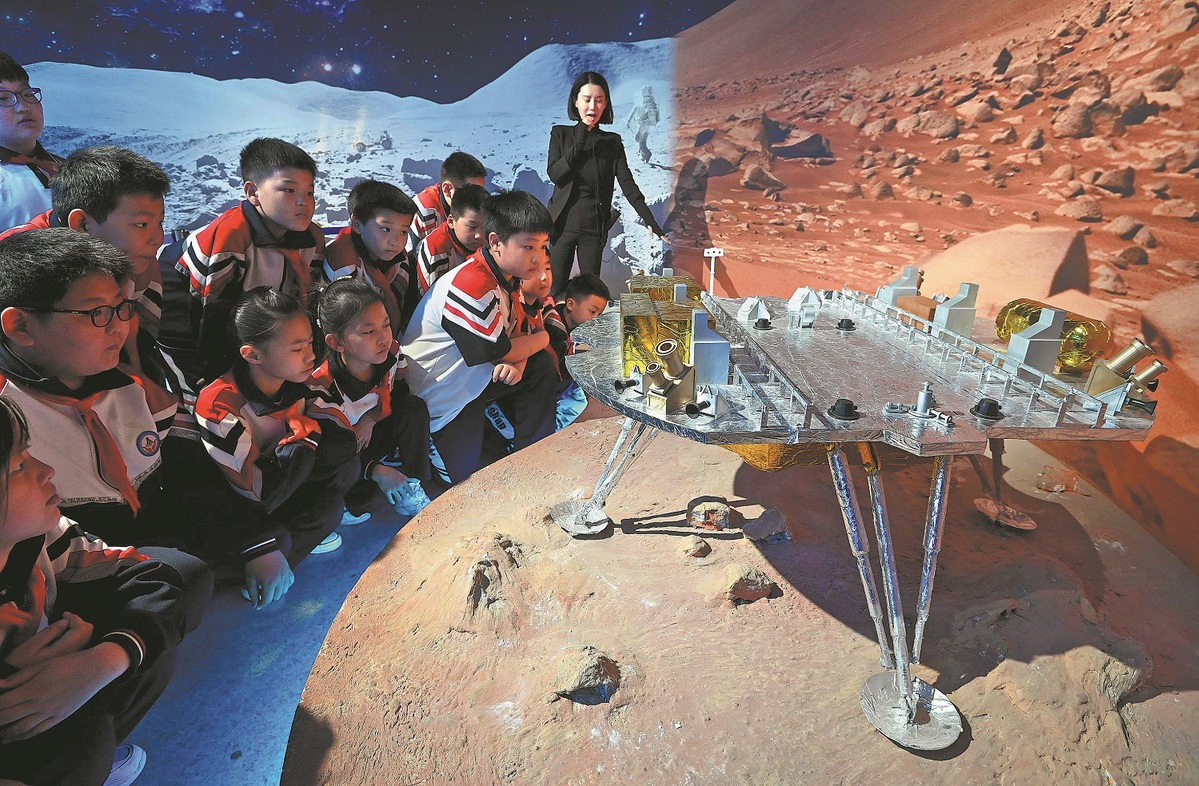
Editor's Note: China has always adhered to exploring and utilizing outer space for peaceful purposes. In recent decades, China's aerospace development has entered the "fast lane", seeing remarkable achievements in terms of space exploration. Thursday marks China's 10th Space Day. China Daily presents a special report on the nation's achievements in the field.
China's first asteroid sample-return mission, Tianwen 2, is scheduled to be launched in the coming weeks from the Xichang Satellite Launch Center in Sichuan province.
The robotic probe has been undergoing prelaunch functional checks at the mountainous spaceport since it arrived in late February, according to the China National Space Administration.
Mission planners have said that Tianwen 2, the country's second interplanetary expedition, will target 2016 HO3, the smallest and closest quasi-satellite to Earth.
The basic plan is to use a big carrier rocket to send a probe comprising two parts — an orbiter and a reentry module — toward the asteroid.
After approaching 2016 HO3, the unmanned spacecraft will orbit the asteroid for months and then fly very close to it to use a mechanical arm to scoop dust from the surface.
Next, Tianwen 2 will fly back to Earth's orbit and release its reentry module, which will return to the ground with the samples. The orbiter will then embark on a new journey toward a main-belt comet called 311P to continue its scientific exploration tasks.
2016 HO3, also known as 469219 Kamo'oalewa, was first spotted in April 2016 by an asteroid survey telescope at the Haleakala High Altitude Observatory in Hawaii.
The celestial body orbits the sun, so it remains a constant companion of Earth. It is too distant to be considered a true satellite of Earth, but it is the best and most stable example to date of a near-Earth companion, or quasi-satellite. Scientists believe that it contains clues to the solar system's early history, including its original composition and the process of its formation and evolution.
So far, scientists have identified about 1 million asteroids in the solar system, with more than 20,000 traveling near Earth.
Meanwhile, 311P is part of the main asteroid belt between Mars and Jupiter. Its physical composition is like those of comets, but its orbital characteristics resemble those of asteroids, according to astrophysicists.
Studying the comet will help researchers learn more about the composition, structure and evolution of small celestial bodies, thus leading to more knowledge about such objects in the solar system, CNSA officials have explained.
According to mission planners, the Tianwen 2 will be characterized by its complexity, challenges and long duration. The expedition, which will be the first in which China attempts to recover samples from an asteroid, is expected to last several years.
Tianwen missions, named after an ancient Chinese poem, cover China's interplanetary exploration endeavors.
Tianwen 1 was launched in July 2020, and it successfully touched down on Mars in May 2021. The probe deployed a rover, named Zhurong, to explore the Red Planet. Zhurong was the sixth rover on Mars, after five that were deployed by the United States.













